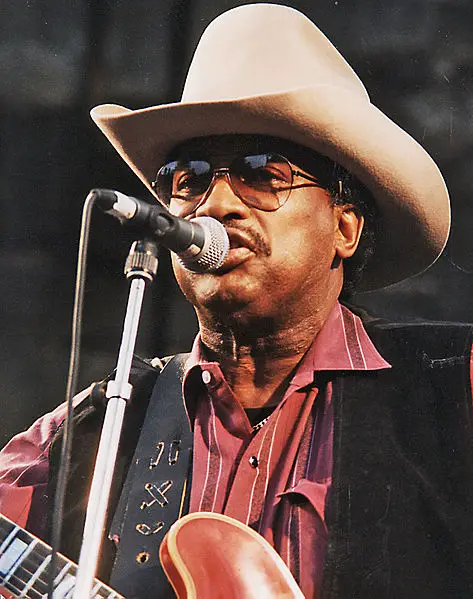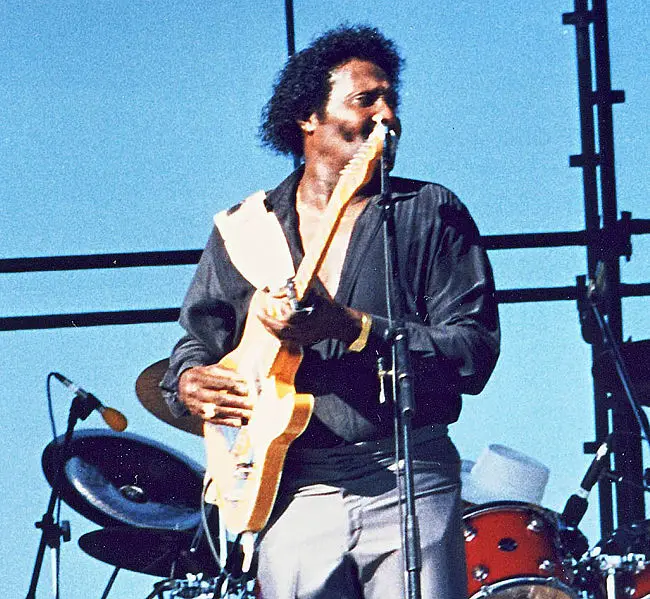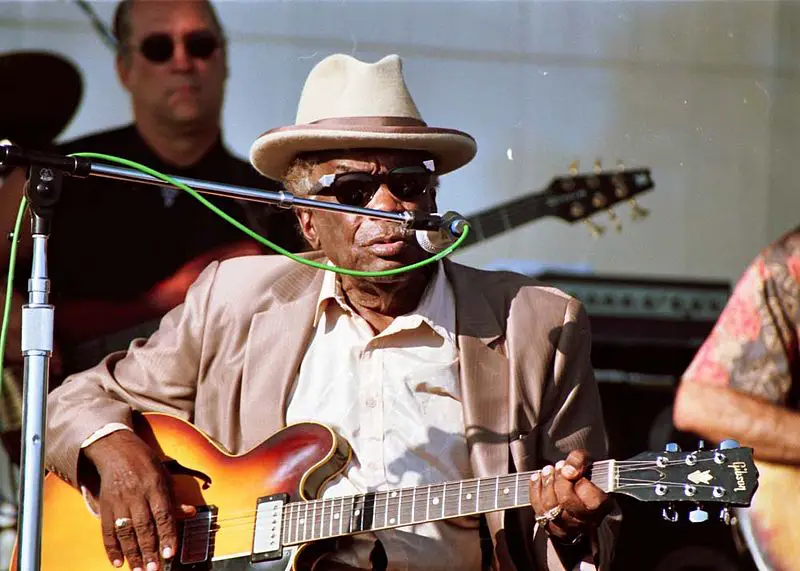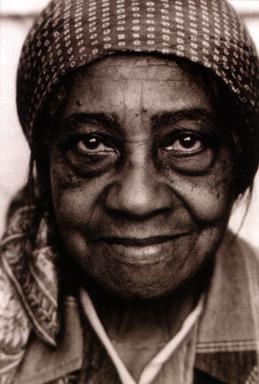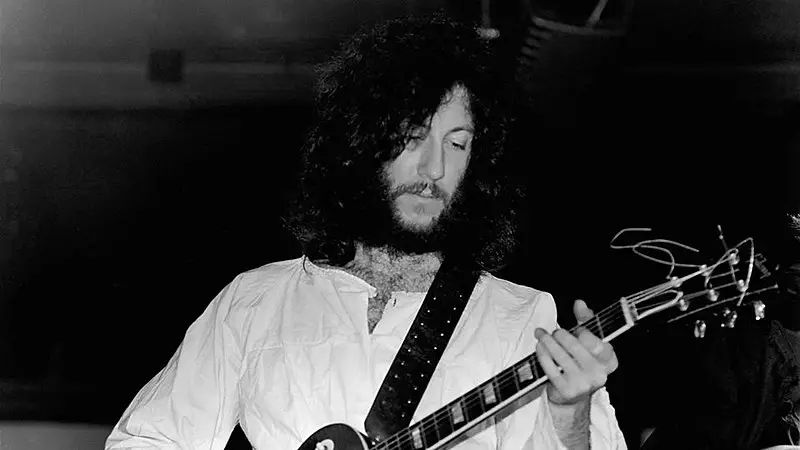|
Getting your Trinity Audio player ready...
|
Blues greats Buddy Guy and Robert Johnson led the way. But a lot more of the most underrated blues guitarists made contributions which made the genre what it is today.
Blues guitarists Albert Collins and Skip James are well-known in blues circles, but they don’t get nearly as much credit as they deserve. Others such as Otis Rush and Roy Buchanan are among the best but most underrated blues guitarists of all time.
Their music has shaped not just the face of blues music but R&B, Jazz, and Rock ‘n Roll. Read on to learn more about the most underrated blues guitarists of all time.
Roy Buchanan (1939 – 1988)
At the tender age of 15, Roy Buchanan began his Blues career in the early 50s . He is credited with popularising the Telecaster sound. And although he never became famous, he recorded 4 albums, 2 of which climbed up the Billboard charts.
A most underrated blues guitarist during his life, Buchanan inspired all-time great guitarists like Gary Moore and Jeff Beck. Sadly, at the age of 49, he was found hanging in his cell after being arrested for drunkenness.
In the 1960s, he recorded songs with other blues musicians like Dale Hawkings, Ronnie Hawkins, and Freddy Cannon. As the bass guitarist for songs such as Who do you love and My Babe, Buchanan was considered a serious blues artist within the music scene. But he was relatively unknown outside of it.
His luck changed in 1971 when PBS made a documentary on his life called Roy Buchanan-The Best Unknown Guitarist In The World. This got him a recording deal, the admiration of John Lennon and Merle Haggard, and an alleged invitation to join the Rolling Stones, which he turned down.
Buchanan went on to make five albums with his recording company Polydor. Then three for Atlantic Records, and two albums for Alligator Records after a brief reprieve. Many of these albums went gold.
Just listen to Five String Blues.
Otis Rush (1934 – 2018)
With bent notes and slow-burning music, Otis Rush is known as one of the leading West Side Chicago Blues musicians.
His style was similar to Buddy Guy and Magic Sam. And he developed a sound that later influenced guitarists like Eric Clapton and Michael Bloomfield.
Rush had no formal music training. He taught himself, and he learned to play his brother’s guitar upside down, because he was left-handed.
The day after his sister took him to a Muddy Waters concert in Chicago, his sharecropper’s life changed forever.
A powerful tenor voice and heartfelt lyrics helped Rush develop an original sound. His first song, I Can’t Quit You Baby, was a blues hit, which The Rolling Stones and Led Zeppelin covered.
A Blues Hall of Famer and a Grammy Winner, Rush’s biggest fans were in Europe and Japan. He performed on stages with Blues greats Buddy Guy, Stevie Ray Vaughan, and Eric Clapton. Some of his best work includes titles like Double Trouble, All Your Love, and Right Place Wrong Time.
Otis Rush created a sophisticated, modern blues sound that has been imitated, but never duplicated. His lack of commercial appeal in no way deflects from the contributions of this very talented individual. Don’s Tunes
Jimmie Vaughan (1951 – )
With perfect tone and unbelievable technique, Jimmie Vaughan is one of the most underrated blues guitarists.
He was overshadowed by his brother Stevie Ray Vaughan who achieved fame before he was killed in a helicopter crash. But nonetheless, he has exceptional skills as a guitarist.
Jimmie has always been well-known in Blues circles. His band, The Famous Thunderbirds, recorded several albums and they even opened for Jimi Hendrix’s Texas show in 1969. Jimmie Vaughan later recorded a popular album with his brother, which was released posthumously after Stevie’s death.
Jimmie Vaughan continued to write and perform. He released his solo album Strange Pleasure and acted in the film Blues Brothers 2000. Jimmie’s precision playing style, with perfect phasing and tone, paid homage to traditional Blues.
From the ease with which he plays to the exceptional note spacing, Jimmie Vaughan deserves praise for his contributions to the field of Jazz.
Some of his best songs are Dengue Women Blues, Six Strings Down, and Don’t Cha Know.
Albert Collins (1932 – 1993)
Popularly known as the Iceman, Albert Collins is one of the most underrated blues guitarists of all time. With his combination of altered tunings and capo, Collins has a distinctive sound that sets him apart from other blues guitarists.
Collins played guitar on an open F-minor chord and set his capo at the 6th or 7th fret. He got his start with his debut album, The Cool Sound of Albert Collins in 1964. Then he moved to Kansas City, and on to California.
It took him a year to establish himself on the West Coast circuit. There he released an album entitled Truckin’ with Albert Collins.
This was followed by more albums, There’s Gotta Be A Change, Don’t Lose Your Cool, and Cold Snap. 3 years after he died, Collins’ final album was nominated for a Grammy Award for Best Blues Contemporary Album.
His impact on blues performances and sound is undeniable. Collins is often remembered for his informal performance style, sometimes walking off the stage mid-performance to interact with the crowd.
Albert Collins’ stage presence was charismatic, and he was devoted to the Blues .
Mike Bloomfield (1943 – 1981)
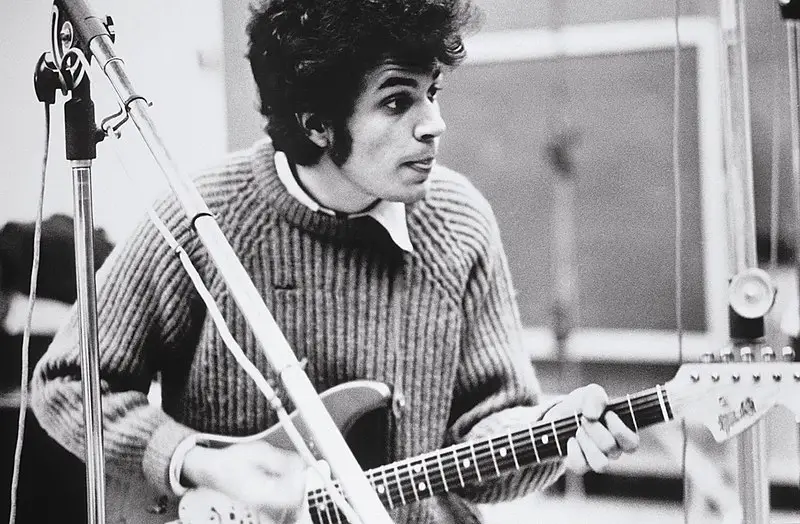
The early days of Blues are often looked at with a hazy fondness through a mist of booze and drugs. And one of the most underrated blues guitarists Mike Bloomfield died alone in his car from cocaine and methamphetamine poisoning.
Bloomfield paved the way for future guitarists. Popular in the early 1960s, Bloomfield was one of the first artists to be known solely for his instrumental skills.
Bloomfield didn’t start singing until a decade into his career. He made a career as a guitarist playing on Bob Dylan’s Highway 61 Revisited and performing with icons Muddy Waters and Howlin Wolf.
With support from Blues greats like B B King and Buddy Guy, Bloomfield had the freedom to hone his natural talent. And he became a serious Blues musician. He joined and toured with the Butterfield Blues Band for several years and later started his own group, The Electric Flag.
Some of his best solos are from albums Tombstone Blues, East West, Albert’s Shuffle, and I Got A Mind To Give Up Living.
Skip James (1902 – 1969)
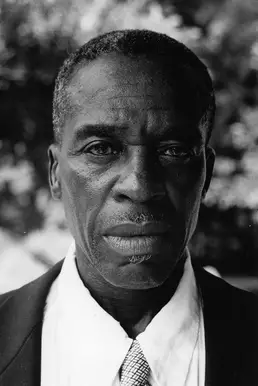
The Father of the Delta Blues, Skip James’s complex fingerpicking, dark sound, and D-minor tuning created a unique sound that revived the blues folk scene during the 50s.
James was active during the Great Depression. Even though he recorded several albums and performed at festivals across the US, he never gained much recognition. As a result he faded into obscurity despite his immense talent and invaluable contributions.
Some of his most notable recordings are Hard Time Killing Floor Blues, Devil Got My Women, and 22-20 Blues. The last of which was the inspiration for Robert Johnson’s 32-30 Blues.
Skip James is perhaps the most of the underrated blues guitarist. And it is high time he was credited as one of the founding fathers of the blues sound.
John Lee Hooker (1912 – 2001)
With his unique rhythm pattern and effortless stage presence, Hooker was the King of the Boogie Blues. Hooker adaptated traditional Blues songs to his original compositions. And he was known for changing up the tempo, never using a standard beat, and simply playing it by ear. His eccentric style made it difficult for him to use backup musicians.
He collaborated with a select few musicians who could handle his idiosyncrasies, among which were Eddie Kirkland and Eddie Taylor. Two of Hooker’s songs, Dimples and Boom Boom gained popularity in 1962 and he went on tour to Europe.
Breaking New Ground
The exposure to new audiences expanded his fanbase to the UK. There he collaborated with the British Rock band the Groundhogs and later the American group Canned Heat. Their joint album Hooker ‘n Heat was his first album to rank on the Billboard 200.
Hooker played a role in the 1980 film The Blues Brothers with other Blues greats Ray Charles, and Aretha Franklin
Endless Boogie and the album Never Get Out of These Blues Alive with Steve Miller and Van Morrison were successful. But Hooker was never as popular as other early Blues greats like B.B King and Albert King. In part, because he simply didn’t like headlining shows and always chose the middle spot on the bill.
Boogie Chillen, Crawling King Snake, and Boom Boom, didn’t just chart in the US and UK. They inspired the next generation of Blues and Rock musicians. One thing that’s certain is that John Lee Hooker is definitely one of the most underrated blues guitarists.
Hooker took evasive measures to get round his contractural recording obligations. So, much of his music was released under multiple pseudonyms. They included John Lee Booker, Birmingham Sam, John Lee Cooker, Texas Slim, Delta John, and the Boogie Man.
Elizabeth Cotton (1893 – 1987)
Known for her unique fingerstyle, often called Cotten picking, Cotten played a right-handed guitar left-handed. Without changing the strings she played banjo style. Using her thumb to play the melody and fingers for the bass lines formed her distinctive sound.
Born in poverty, the child, Elizabeth was forced to quit school at 8 and worked as a domestic most of her life. A self-taught guitarist, she gave up her instrument at various times in her life. And she did not start recording music or playing publicly until she was in her 60s.
Although she was often associated with folk music, she performed with blues legends like Muddy Waters.
Her best known song is Freight Train, which she wrote about the sounds from her childhood near the train tracks. The song has been covered by Bob Dylan, Jerry Garcia, Laura Gibson, Peter, Paul and Mary, and others.
Elizabeth Cotten is definitely one of the most underrated blues guitarists of all time.
Peter Green (1946 – 2020)
Next up on our list of most underrated blues guitarists is Peter Green. He was one of the leading figures in the British Blues music scene during the 1960s. His trademark string bending and vibrato gave him a distinctive sound which set him apart from other guitarists.
Green founded the band Fleetwood Mac in 1967 and established a repertoire of classic Blues covers and original songs. He recorded with Otis Spann, Buddy Guy, and Willie Dixon.
However, he was afflicted with mental health struggles which caused him to leave Fleetwood Mac in 1970.
Green’s style influenced many other guitarists, and he was definitely an underrated blues guitarist.
Junior Wells (1934 – 1998)
Wells was a huge part of the Chicago Blues music scene in the 1950s and 60s. And he had hits such as Messin’ with the Kid, Come On In This House, and It Hurts Me Too.
In 1952 he joined Muddy Water’s band and toured with them for several years while writing and composing solo projects.
Regarding underrated blues guitarists, Junior Wells is up there. His 1965 album Hoodoo Man Blues is a classic. Wells collaborated with Blues greats Earl Hooker and Buddy Guy and even crossed into Rock touring with the Rolling Stones.
Final Thoughts
Despite never reaching the heights of fame and fortune some of their peers did, these guitarists were legends who left an indelible mark on the Blues. Their music inspired, not just blues, but other musicians whose names are known in every home.
These underrated guitarists paved the way for contemporary Blues players like Gary Clark Jr, Joe Bonamassa, and Christone Kingfish Ingram.
And their unique playing styles helped transform the sound of Blues music into the many variations we hear today.



